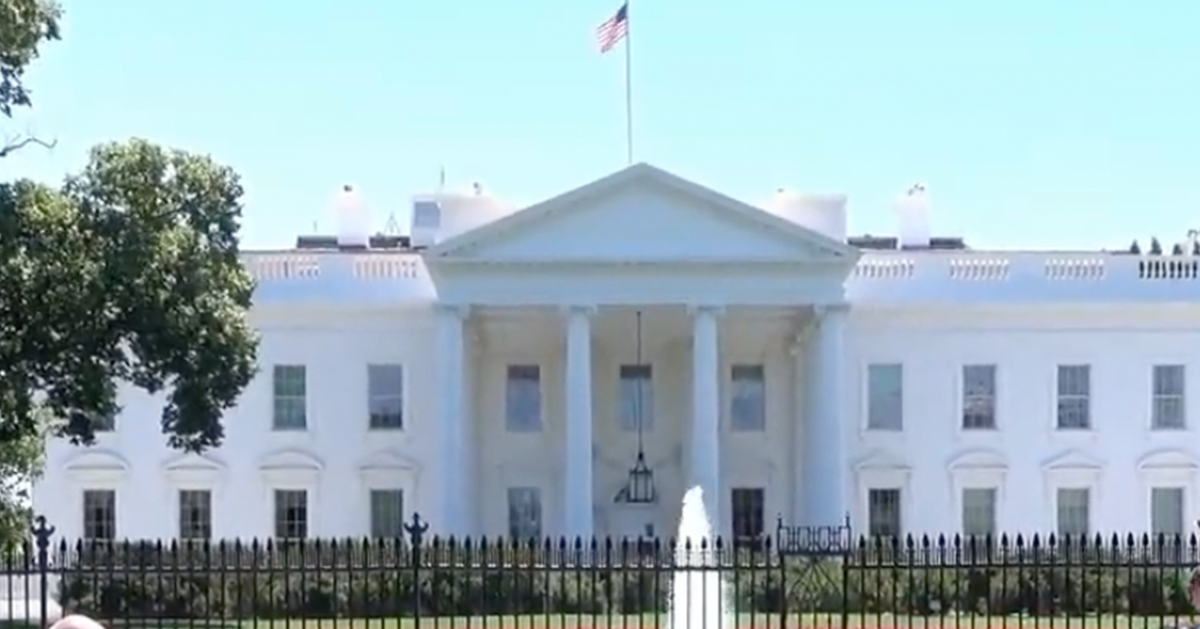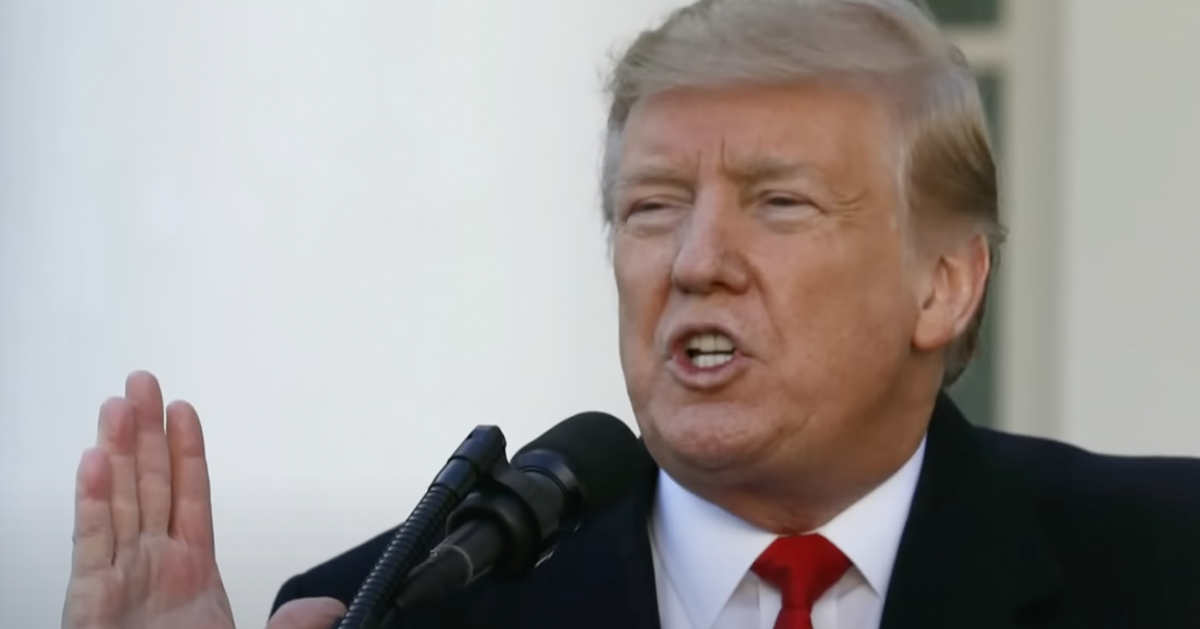Biden Administration Approves Massive Solar Power Expansion on Federal Lands
The White House has authorized the expansion of solar power farms across 31 million acres of federal land in 11 Western states.
President Joe Biden's eleventh-hour decision marks a significant move in the government’s controversial push for a clean energy transition and aims to achieve a 100% clean energy grid by 2035, as the Washington Examiner reports, with the Bureau of Land Management (BLM) poised to oversee the expanded use of federal lands through the Western Solar Plan, which initially began in 2012.
This initiative seeks to designate suitable areas for solar projects, ensuring that these developments have minimal environmental and social impacts.
With this new authorization, BLM is taking steps to facilitate what the administration says is responsible and sustainable solar development in the nation.
The Western Solar Plan Expands Across 11 States
The Western Solar Plan initially covered public lands in a handful of Western states. However, the new expansion encompasses 31 million acres of federal land across 11 states. This includes a variety of landscapes, ranging from deserts to farmland, where solar panels are expected to be deployed to harness energy from the sun.
The BLM has played a pivotal role in the federal government’s renewable energy agenda. To date, it has already permitted projects on public lands that together total a capacity of approximately 29 gigawatts. These developments include a mix of solar, wind, and geothermal energy projects aimed at reducing the nation’s carbon footprint.
This year, the agency hit an important milestone by permitting more than 25 gigawatts of clean energy projects. This goal is part of a broader commitment by the Biden-Harris administration to expand renewable energy projects in the U.S.
Updated Plan Supports Clean Energy Goals
The Biden administration’s plan to transition to a clean energy economy is seen as ambitious, and the expansion of the Western Solar Plan is a crucial component. The administration is targeting 2035 as the year when the U.S. will have a fully clean energy grid, powered primarily by renewable energy sources like solar.
BLM Director Tracy Stone-Manning expressed confidence in the updated plan, noting its balanced approach. “The updated Western Solar Plan is a responsible, pragmatic strategy for developing solar energy on our nation’s public lands that supports national clean energy goals and long-term national energy security,” said Stone-Manning.
She emphasized that the plan will direct solar developments to areas with fewer potential conflicts, helping to mitigate environmental concerns. Stone-Manning also stressed the importance of these projects in maintaining the health, diversity, and productivity of public lands for both present and future generations.
Nine Solar Projects Approved by Administration
The Biden-Harris administration has already approved nine solar projects as part of the initiative. These projects are expected to add substantial capacity to the nation's clean energy output in the coming years, helping meet energy needs while supporting environmental sustainability.
In addition to harnessing solar power, the expansion will promote collaborations between solar developers and local farmers. Several solar farms have already been integrated into farmland, where the use of solar panels has complemented agricultural activities. This symbiotic relationship allows for dual land use, benefiting both the energy and farming sectors.
The development of these solar projects is seen as a win-win situation for both clean energy advocates and those concerned about the economic health of rural areas. Farmers benefit from additional income streams, while the nation gains renewable energy capacity.
Looking Ahead to a Clean Energy Future
The expansion of solar power on federal lands represents a significant step forward in the Biden administration’s clean energy agenda. It shows a commitment to leveraging public resources in the fight against climate change while balancing the need for sustainable development.
This is viewed by the White House as particularly important as the country faces increasing pressure to reduce greenhouse gas emissions and combat global warming.
Solar power, with its minimal environmental impact and vast potential, is seen by Democrats as a key solution to reducing the nation’s reliance on fossil fuels.
As the Western Solar Plan continues to evolve, supporters suggest that it is likely to become a model for other large-scale renewable energy initiatives in the United States.
Conclusion
The Biden administration's decision to expand solar power projects across federal lands is a critical part of its strategy to transition to a clean energy grid by 2035.
Managed by the Bureau of Land Management, the Western Solar Plan now encompasses 31 million acres in 11 Western states.
With this expansion, the administration says, BLM has surpassed key renewable energy goals, bringing the U.S. closer to achieving its renewable energy objectives.





